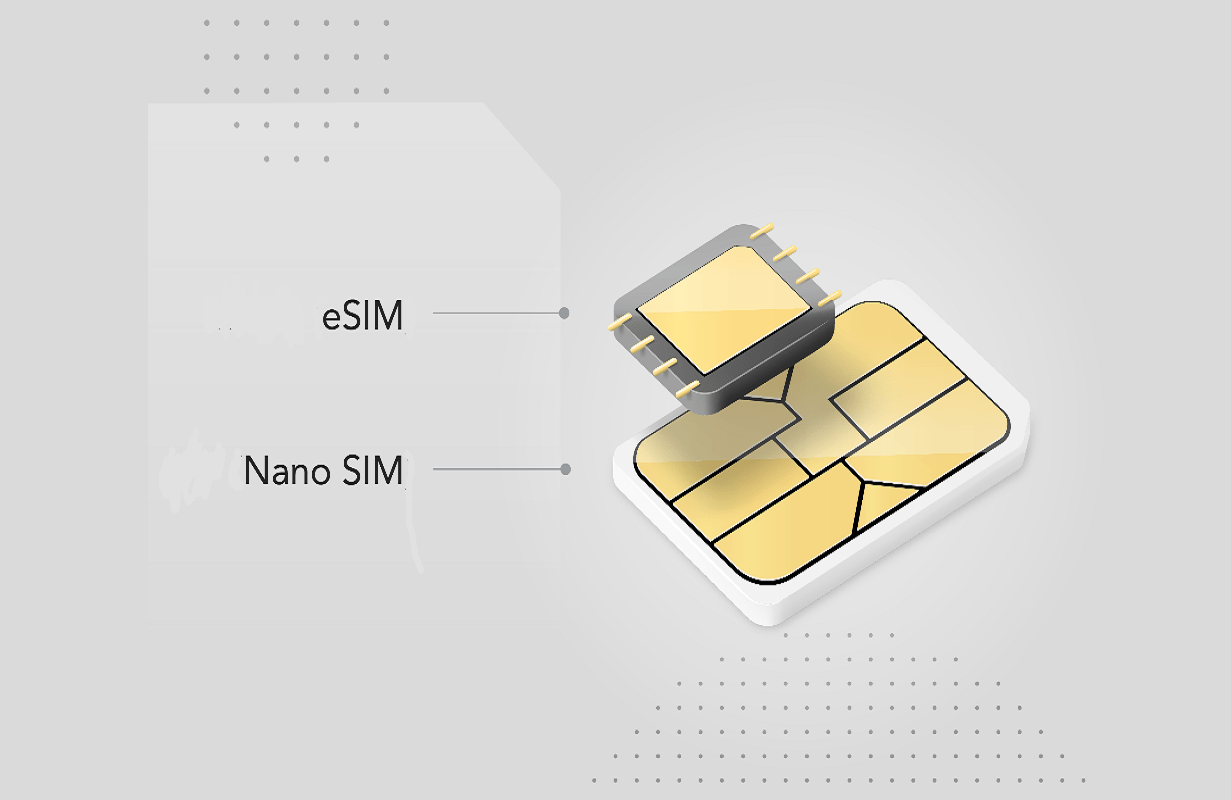If you’re buying a new iPhone or hoping to buy a Pixel 6, there’s a feature you might not know much about. This is eSIM. An eSIM is a smaller version of a traditional SIM card and resides in your phone or smart device. But let’s see how an eSIM works and what are the benefits of having one.

An eSIM is an embedded SIM card It’s a replacement for the physical SIM card that currently connects phones to a mobile network, but the eSIM is much smaller.
The biggest difference between an eSIM and a physical SIM is that an eSIM is fixed on the motherboard of the phone or other device. You don’t need to attach it separately, and you can’t remove it, either. This doesn’t mean you can’t switch numbers or change operators.
Actually, switching operators or setting up is easier. You don’t have to wait for a new SIM to arrive at your home; This can happen instantly with a quick phone call.
eSIM cards use the same technology and operate on the same GSM networks. This feature is very similar to normal SIM. To use an eSIM, you must have a phone that supports it. Most major carriers offer eSIM support, including AT&T and T-Mobile in the US, EE in the UK, and more than 120 others worldwide.
eSIM cards are currently used to bring dual SIM capabilities to smartphones, including smaller devices such as the iPhone 12 and iPhone 13 range, Pixel 5, Pixel 5, Samsung Galaxy S21 Ultra, Samsung Galaxy S21+ 5G, and Apple Watch.
You connect most phones to a network by inserting the SIM card into the SIM tray. But if it doesn’t use the card, how do you connect an e-SIM phone.
It depends on which device you got and whether you bought it with a cellular plan or added it to your plan separately. If you buy the SIM separately, you will get an eSIM activation card containing a QR code you need to scan on your phone. Currently, this e-SIM service is being introduced in Bangladesh by the Grameenphone company.
